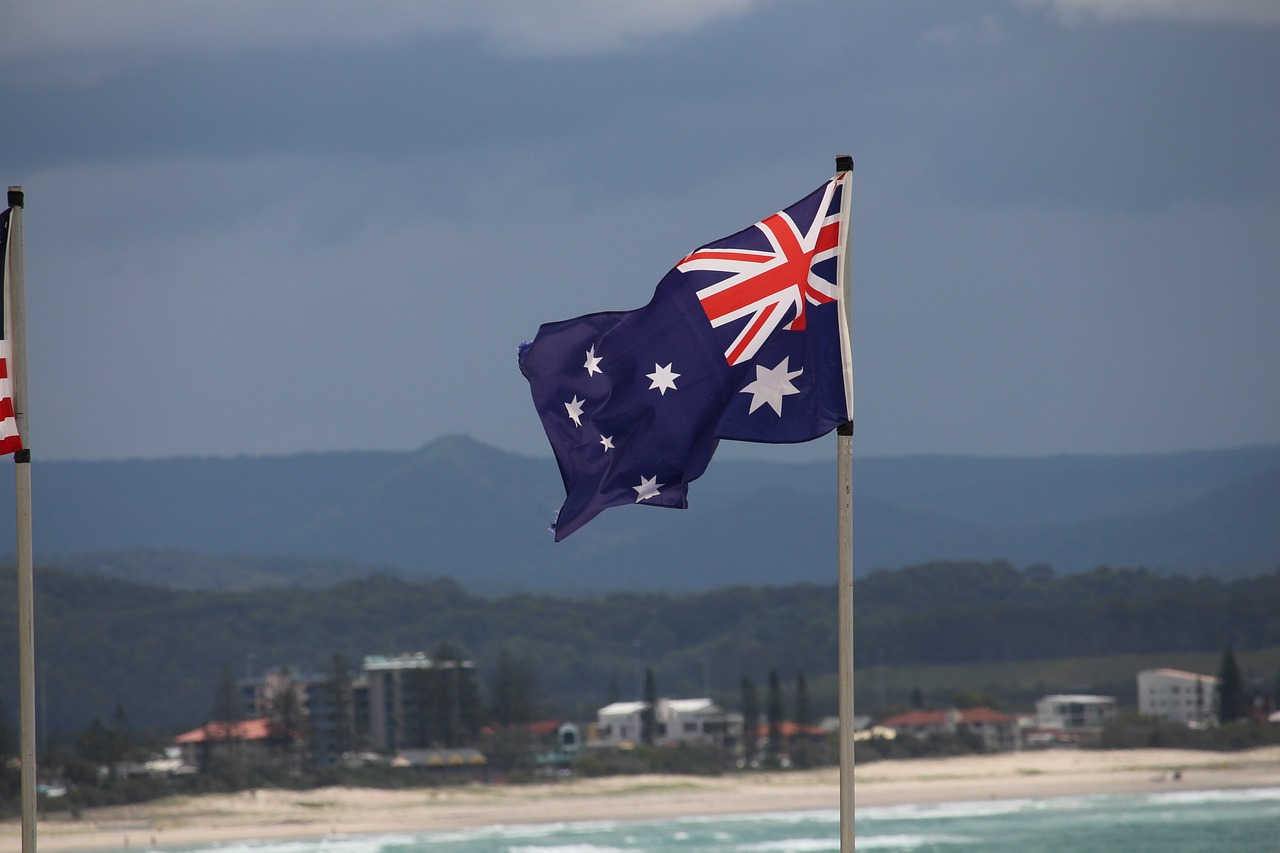Best Forex Pairs to Trade During the Sydney Session
| Disclaimer: The information provided in this article is intended for educational and informational purposes only and does not constitute financial or investment advice. The views expressed are those of the author and do not necessarily reflect those of the website operator. Trading indices involves significant risk, and you should consult a qualified financial advisor before making any investment decisions.. |
The Sydney session (5 PM – 2 AM UTC) is the quietest major forex window, yet it holds a goldmine for strategic traders. While most focus on London or New York, AUD, NZD, and JPY pairs surge with 30-50 pip moves in this session, offering clean setups before the market gets noisy.
Here’s the catch: Only 15% of retail traders capitalize on it. Why? Because they’re stuck trading EUR/USD (which barely moves) or exotic pairs (with brutal spreads). But data shows AUD/USD averages 45 pips of daily movement in Sydney hours, while USD/JPY reacts sharply to Tokyo’s open. This isn’t about gambling on volatility, it’s about trading the right pairs at the right time. We’ll break down:
Why Trade Forex During the Sydney Session?
The Sydney session starts the international forex trading day and features low volatility with steady price action. Sydney session is mainly involved in trading AUD, NZD, and JPY currency pairs and is therefore best for those who want to trade Asian and Oceania markets.
It is calmer and thus is best for range trading and scalping with fewer surprise price spikes and cleaner chart patterns. During the first half of the session, price activity is usually slow, but when it falls during Tokyo time, there is a slight increase in liquidity, specifically in currency pairs like AUD/JPY and NZD/JPY.
Sydney session trading gives you a structured environment that will appeal to traders who like uniformity with less risk.
Best Forex Pairs to Trade in the Sydney Session
The Sydney session marks the start of the week in forex and is a significant gateway to market momentum. While it's typically less active than the New York or London sessions, a few currency pairs are very tradeable during this session due to regional activity and market overlaps.
For trading these forex pairs, Traders often prefer brokers regulated by the ASIC, a reputable Australian authority recognised and trusted both locally and internationally.
The best forex pairs to buy during the Sydney session are listed below:

AUD/USD: The Favourite Pair
Because the Australian dollar tracks closely behind the Sydney session, AUD/USD is similarly one of the most widely traded and liquid pairs for this time frame. Because of Australian economic news releases such as employment figures, trade balance, and Reserve Bank of Australia (RBA) announcements, the pair usually reacts strongly. For those who wish to profit from pre-weekend volatility or news-driven action, AUD/USD is an ideal choice.
NZD/USD: Volatility with Opportunity
The NZD/USD pair mirrors the same move as the AUD/USD, giving good movement and volatility during the Sydney trading session. Being in the close time zone, New Zealand's economic releases from the Reserve Bank of New Zealand (RBNZ) or key economic indicators tend to kick off action on this pair. It is a good choice for those who want to take advantage of early Asian-Pacific news flow.
AUD/JPY & NZD/JPY: For the Carry Trade and Risk Sentiment
These yen crosses are popular for carry traders and also serve as barometers of global risk sentiment. During the Sydney session, these pairs can be influenced by shifts in Asian equity markets or geopolitical developments. The carry trade appeal—earning interest rate differentials between the higher-yielding AUD/NZD and lower-yielding JPY—adds another layer of potential profit.
USD/JPY: Tokyo Overlap Advantage
While the Sydney session starts slowly, it soon overlaps with the Tokyo session. This overlap brings more liquidity and trading volume, especially to the USD/JPY pair. Traders often find reliable technical movements and intraday trends during this period, making USD/JPY a viable option despite its US-centric nature.
EUR/AUD & GBP/AUD: Secondary but Noteworthy
Although these pairs are less liquid during the Sydney session, they can experience sharp moves, especially in reaction to unexpected headlines or Australian economic news.
Because the euro and pound are less active at this time, movements are often driven by the AUD side of the equation. These pairs are better suited for experienced traders looking to catch asymmetric reactions or prepare for upcoming activity in the London session.
Best Times to Trade Within the Sydney Session
Timing is everything in the Sydney forex session. Although it’s generally quieter than London or New York, a couple of daily windows stand out for liquidity and opportunity:
First 2–3 Hours of the Session
The Sydney session officially opens at 8:00 AM AEST (9:00 PM UTC), kicking off the week with fresh market energy. The first 2–3 hours, approximately 8:00–11:00 AM AEST, see a notable spike in trading activity, driven by local traders reacting to regional fundamentals and setting up technical positions early in the week.
This early window offers tighter spreads, sharper moves, and clearer technical setups, ideal for traders who prefer structure over session-wide noise.
Sydney–Tokyo Overlap (7 AM–9 AM AEST)
From 7:00–9:00 AM AEST, the Tokyo session overlaps with Sydney, infusing the market with Asian liquidity. This overlap shifts volume from “quiet” to “moderately active,” especially for pairs like AUD/JPY, NZD/JPY, USD/JPY, AUD/USD, and NZD/USD, that thrive on risk sentiment and interregional flows
Traders often observe increased volatility, not as explosive as London/New York, but consistent enough for intraday strategies preferring measurable ranges.
Sydney Session Trading Strategies
Sydney session is usually less hectic than the other large sessions, yet it does offer some unique opportunities. Below are three strategies that work well here:

Range Trading
Initial Sydney hours usually have low volatility, so the prices often move sideways between clear-cut levels. It is a good period to purchase at or near support and sell at or near resistance.
Best pairs: AUD/USD, NZD/USD, USD/JPY
Tip: Watch out for confirmed support and resistance levels, and utilize RSI to help time entry and exit.
Breakout Trading
Despite the fact that the session is generally subdued, Australian or New Zealand economic releases can instigate rapid price spikes. These are the perfect breakout trades.
Best pairs: AUD/USD, NZD/USD
Tip: Keep track of the economic calendar and watch for narrow price ranges before news announcements. Ride the momentum on the breakout.
Carry Trade
The Sydney session is ideal for longer-term position takers who can generate profits from interest rate differentials. This is especially in the correlation of the high-yielding currencies like AUD or NZD with the low-yielding JPY.
Best pairs: AUD/JPY, NZD/JPY
Tip: Make sure your positions reflect the interest rate differential, and be prepared to carry positions for a few days in order to earn the daily swap payments.
Risks & Challenges of Sydney Session Trading
Sydney session trading is rewarding, but it comes with some special challenges that you must know about before you jump in:
Less Liquidity
The Sydney session is much less active than London or New York. You'll notice less activity in general, and this creates some problems:
- You get wider spreads - The bid-ask spread widens when fewer people trade
- Less price movement - Markets can be range-bound and slow for hours
- False breakouts - Prices will break through support or resistance levels only to recoil immediately since there are not enough traders to support the move
Tip: Tighten your stop-losses from usual levels and do not chase breakouts unless you see real volume behind the move.
External Market Influence
Although normally subdued, Sydney is disturbed by events from the neighboring countries. China is Australia's biggest trading partner, and Sydney's session coincides with that of Japan.
When unexpected news comes out of these places, it can potentially blast AUD, NZD, and JPY pairs in utterly nonsensical directions. A shock Chinese economic report or a Bank of Japan policy statement can undermine your whole analysis.
Tip: Glance over what is on the Asian economic calendar before opening your trades. If large news is going to come out of China or Japan, you may need to reduce your position size or wait until the storm blows over.
Final Thought
The Sydney session does have some good opportunities, particularly with currency pairs like AUD/USD, NZD/USD, AUD/JPY, and NZD/JPY. Since this session is typically less lively, strategies like range trading, news breakouts trading, and carry trades tend to be effective.
Additionally, for more action and more liquidity, make a move at the overlap of the Sydney and Tokyo sessions. That's when you will be most likely to catch more price action, especially on Japanese yen pairs. With the right timing and good approach, the Sydney session can play an important part in your trading strategy overall.
Top-Tier Trusted Brokers
The table below contains links to 3rd party websites of our top partners from whom we receive compensation at no additional cost to you.




























